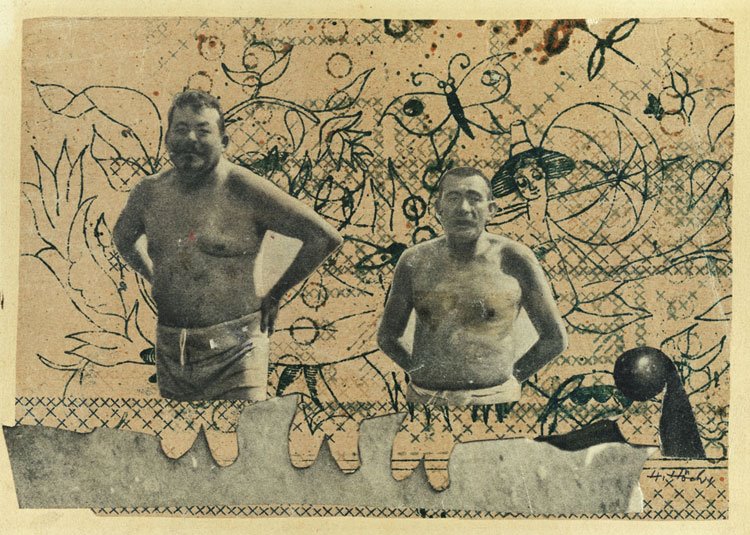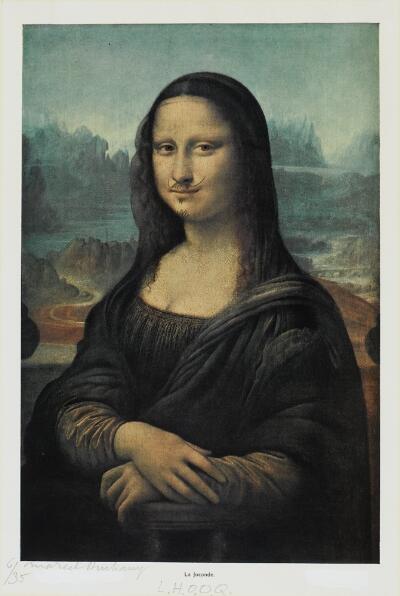Hannah Hoch
- Photomontage Artist
- Active in the Dada movement
- Address the issue of gender and the figure of woman in modern society
- Combine unrelated images into something insightful
- Used found elements of popular culture
- Critiqued prevailing society in her work
Artwork 1: Dada Puppen
The artist represented human in a mutilated form, or made it looked mechanical. She believed that advancement in technology will threaten humanity and cause them to become more machine-like.
Artwork 2: Heads of State
The artist criticised the statesmen of Germany for their ruthless decision to put down the Spartacist rebellion. The statesmen looked foolish and out of place in their bathing suits. The photograph was set against an embroidered background and during that time, embroidery was a source of income and occupation for many German women. The placement of elements served to contrast the role of women with that of men.
Dada Movement
- Began in Zürich, Switzerland
- Marked by its mockery of materialistic and nationalistic attitudes
- Influenced by other avant-garde movements such as, Cubism, Futurism, Constructivism, and Expressionism
- Produced works that often upended bourgeois sensibilities and that generated difficult questions about society
Dada Artwork: L.H.O.O.Q
L.H.O.O.Q is an altered postcard reproduction of Leonardo Da Vinci’s Mona Lisa. The artist penciled a moustache and a goatee over Mona Lisa’s upper lip and chin, and re-titled the artwork. In endowing the Mona Lisa with masculine attributes, he suggests Leonardo’s homosexuality and gestures at the androgynous nature of creativity.
Russian Constructivism
- Replace art’s traditional concern with composition with a focus on construction
- Fundamental analysis of the materials and forms of art
- The form an artwork would take would be dictated by its materials
Russian Constructivism Artwork: Tatlin’s Tower (Monument to the Third International)
Monument to the Third International became famous partly because it was never built. It was suppose to be a vast spiralling tower over 400 metres high and the tallest building on earth. Although impossible to build, Tatlin’s planned monument had enormous impact on modern architecture in its sheer ambition and use of modern materials (iron, steel and glass, as opposed to stone or marble). It also became a world-famous symbol of utopian thought.



